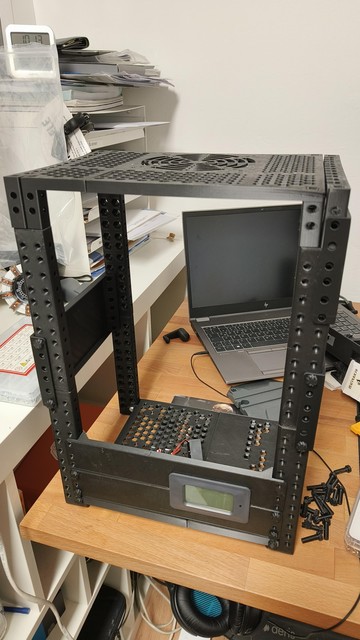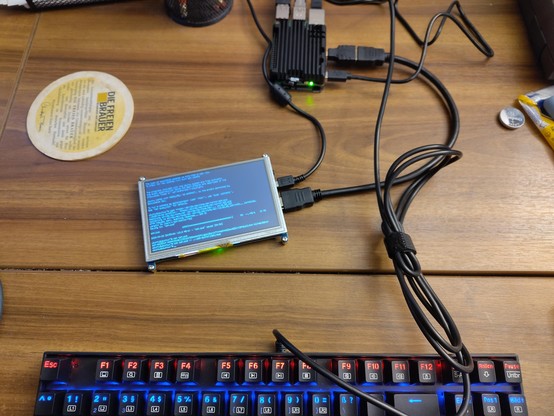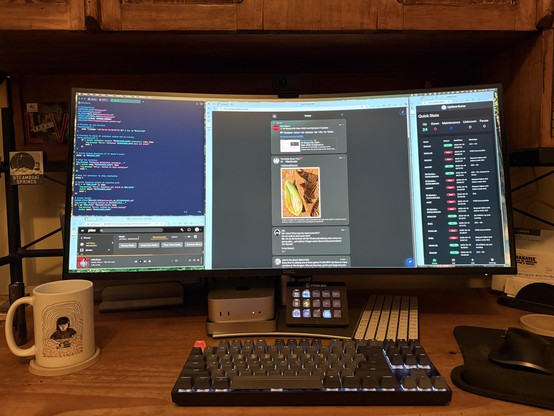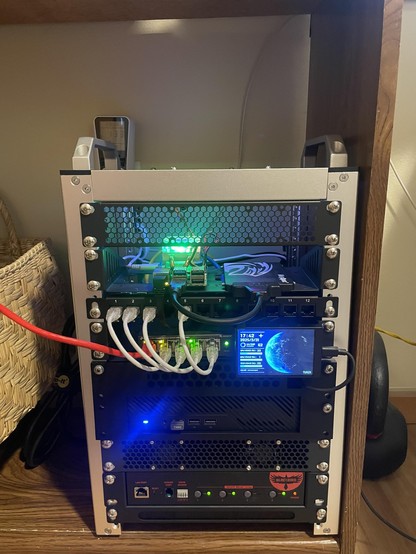This is a typical FreshPorts daily database backup being rsync'd from AWS to the #homelab :
It just so happens the the output of pg_dump for the #PostgreSQL database more-or-less keeps the data in the same order each time. So the actual daily transfer SEEMS to be only the new data.
On disk, I rely upon #ZFS compression to do the disk savings for me. That compression also speeds up disk throughput - the CPU can uncompressed faster than the disk can provide the data.
In today's case, the amount copied down seems to be 360MB.
This speed-up by rsync, which recognizes what has and has not been transferred, is also why do not dump in compressed mode.
dumping freshports.org
receiving incremental file list
postgresql/
postgresql/freshports.org.dump
3,621,784,708 100% 77.73MB/s 0:00:44 (xfr#1, to-chk=1/4)
postgresql/globals.sql
3,963 100% 58.64kB/s 0:00:00 (xfr#2, to-chk=0/4)
Number of files: 4 (reg: 2, dir: 2)
Number of created files: 0
Number of deleted files: 0
Number of regular files transferred: 2
Total file size: 3,621,788,671 bytes
Total transferred file size: 3,621,788,671 bytes
Literal data: 355,867,046 bytes
Matched data: 3,265,921,625 bytes
File list size: 142
File list generation time: 0.001 seconds
File list transfer time: 0.000 seconds
Total bytes sent: 481,559
Total bytes received: 356,171,297
sent 481,559 bytes received 356,171,297 bytes 6,925,298.17 bytes/sec
total size is 3,621,788,671 speedup is 10.15











